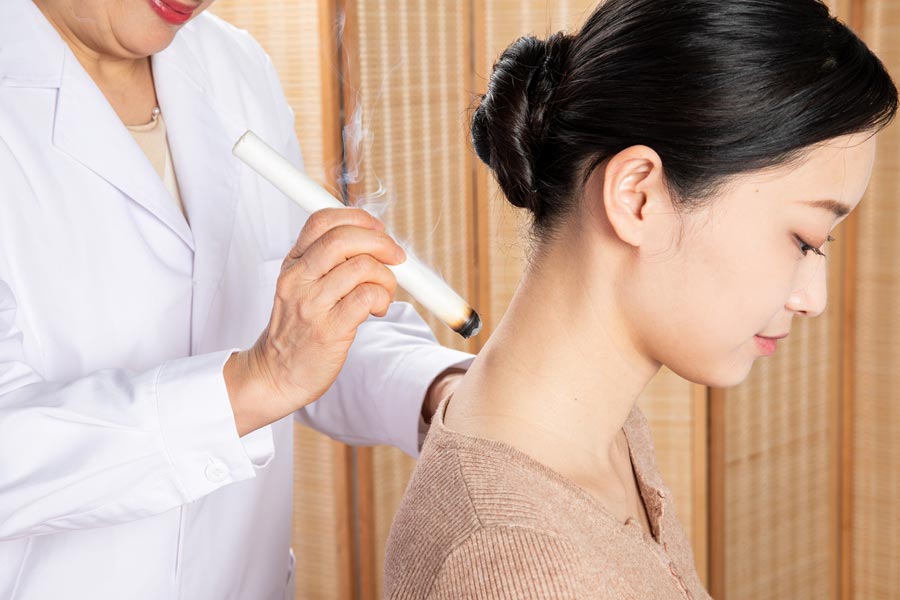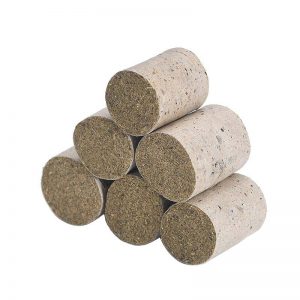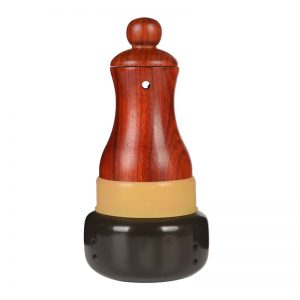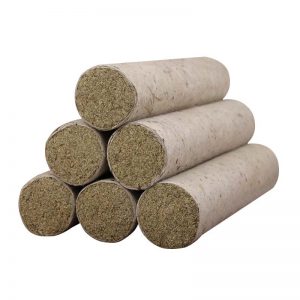The common cold is a frequently encountered infectious respiratory disease that can be caused by many types of viruses throughout the year. The main symptoms include a stuffy or runny nose, sneezing, cough, headache, aversion to cold, fever and a generalized feeling of discomfort. Although it can occur in any season, each cold virus has its own characteristics. The colds of winter are usually due to wind-cold, those of spring to wind-heat, those of summer to summer-heat and dampness, and those of autumn to dryness.
In TCM, the common cold is due to externally contracted wind lodging in lung wei. It is a common externally contracted disease, but the patterns involved vary widely depending on the pathogens and constitution of the patient. The patterns can be divided into two main categories, wind-cold, and wind-heat. Complicating factors include dampness and summer heat. The common cold frequently strikes people with weak constitutions. If severe clinical manifestations are prevalent during a certain period of time, the disease is likely influenza. In this article, we discuss the common colds caused by wind-cold.
Symptoms of the common cold
- The main manifestations include a runny or stuffy nose, sneezing, cough, dry throat, a hoarse voice, and excessive tearing.
- There can also be muscle soreness, headache, dizziness, fever or no fever, lower back pain, and body aches.
- Blood tests reveal a normal or subnormal white blood cell count.
7 Acupuncture points for the common cold
Dispelling wind and releasing the exterior are the basic therapeutic principles when treating the common cold. Acupoints are chosen based on the following principles: the lung governs the Defense and exterior; the Du Mai governs the yang qi of the body; the foot taiyang bladder channel protects the entire body, and diseases of the Yang Wei Mai (Yang Link Vessel) usually manifest as chills and fever.
1. GV 14 Acupoint (Dazhui)
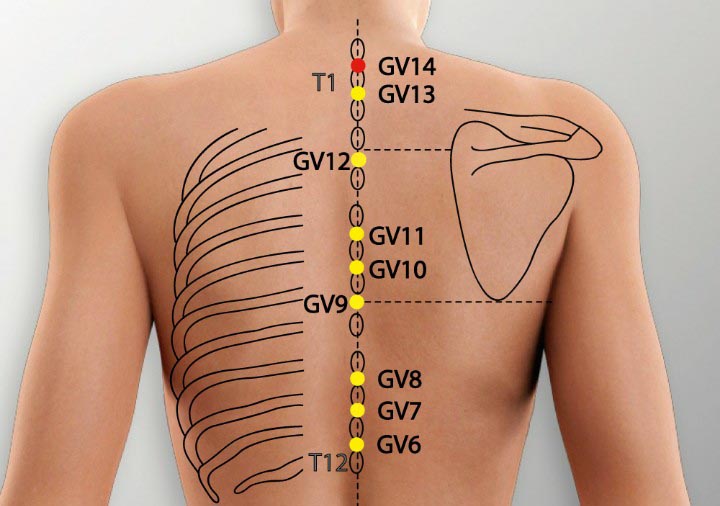
Location: On the posterior midline in the depression under the spinous process of the seventh cervical vertebrae.
Effect: Dispels wind, releases the exterior, clears heat.
2. LI 11 Acupoint (Quchi)

Location: With the elbow flexed, at the lateral end of the transverse cubital crease, midway between LU 5 and the lateral epicondyle of the humerus.
Effect: Clears Heat, cools Blood, exterior Wind,
3. LI 4 Acupoint (He Gu)
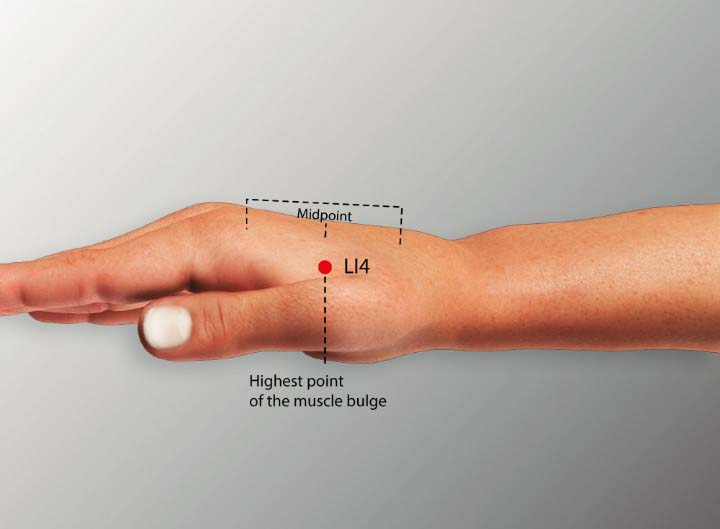
Location: Between the 1st and 2nd metacarpal bones, in the middle of the 2nd metacarpal bone on the radial side.
Effect: Dispels wind, clears heat.
4. GB 20 Acupoint (Fengchi)
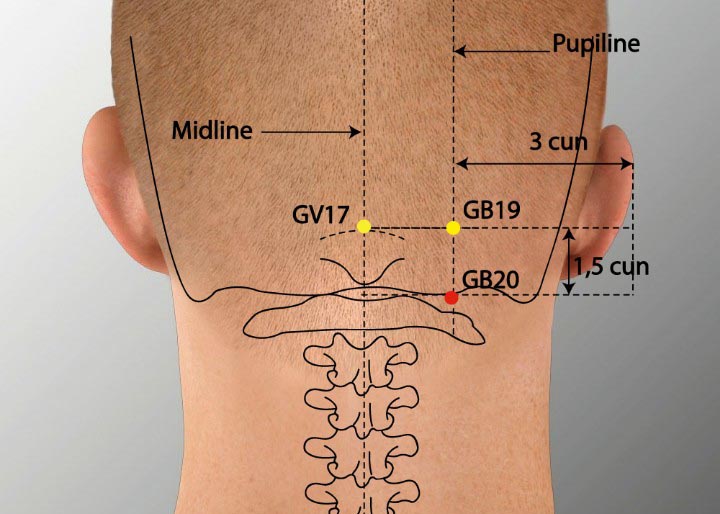
Location: Below the occipital bone in the depression between the superior-lateral trapezius muscle and the superior-posterior sternocleidomastoid muscle.
Effect: Scatters wind, releases the exterior, unblocks the nasal orifices, and improves vision.
5. GV 16 Acupoint (Fengfu)
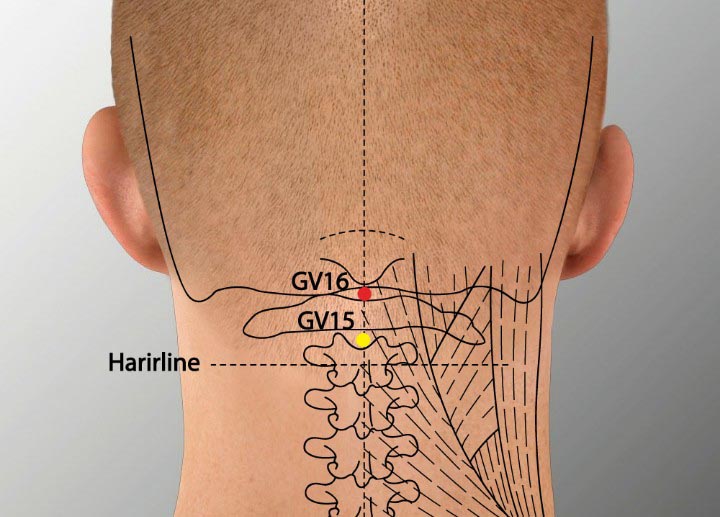
Location: On the midline of the neck 1 cun above the midpoint of the posterior hairline, under the external occipital protuberance in the depression between the trapezius muscles.
Effect: Scatters wind, and releases the exterior.
6. GV 9 Acupoint (Zhiyang)
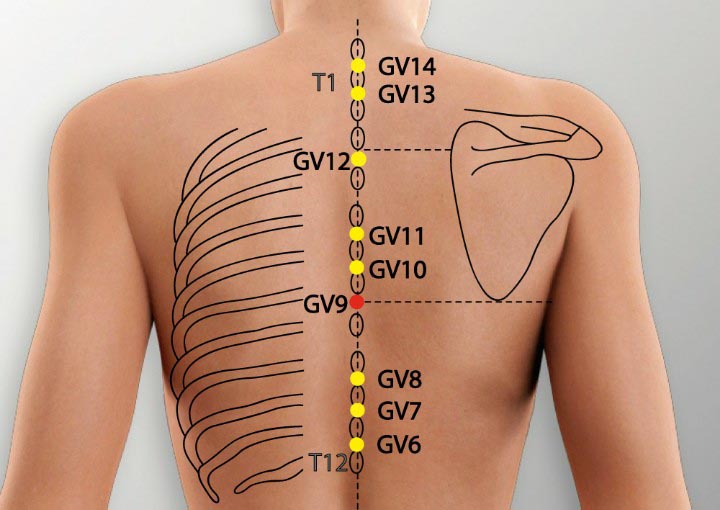
Location: On the posterior midline in the depression below the spinous process of the seventh thoracic vertebra.
Effect: Warms the Du Mai, dissipates cold, and unblocks the collaterals.
7. GV 3 Acupoints (Yaoyangguan)
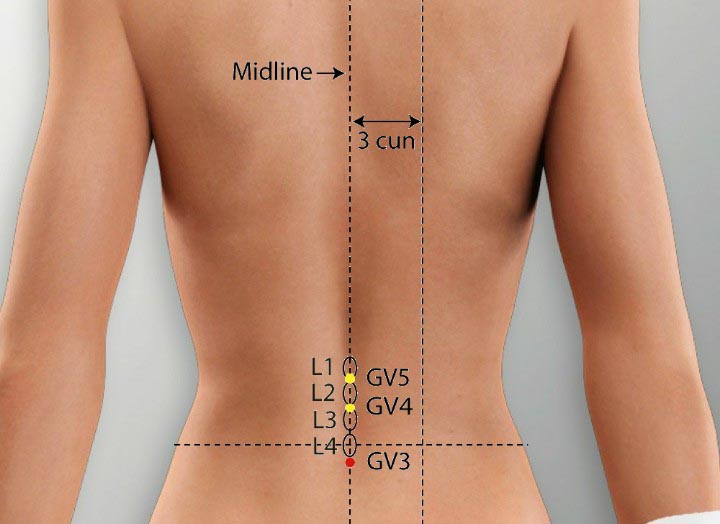
Location: On the posterior midline in the depression below the spinous process of the fourth lumbar vertebra.
Effect: Warms the Du Mai, unblocks yang.
Moxibustion treatment methods
In the early stage of cold or when you cannot identify which kind of cold you have, Circling moxibustion at GV 14, LI 11, and LI 4 acupoints can quickly relieve the discomfort of the cold.
For wind-cold with headache and a painful stiff nape, administer mild moxibustion at GV 14 and GB 20. The patient should feel the heat penetrating deeply and expanding over the head, nape and back. GV 14 and GB 20 belong to the Du Mai and gallbladder channel, respectively, and can clear heat, scatter wind, dissipate cold and unblock the nasal orifices.
For wind-cold with an aversion to wind, aversion to cold with fever, and lack of strength, use back-and-forth moxibustion along the channel and relaying moxibustion on the GV 16, GV 14, GV 9, and GV 3 acupoints to supplement the yang qi of the Du Mai, dispel cold and release the exterior. The patient should feel heat transmitting along the Du Mai, passing through the vertex, back and lumbar area. These four points on the Du Mai and can scatter wind, release the exterior and unblock the collaterals.
Treat twice a day, stopping when the symptoms disappear. Usually, this takes one or two days.
Conclusion
The common cold requires prompt diagnosis and treatment. Making the correct diagnosis is the first step since many infectious diseases have similar symptoms in the early stages.
Moxibustion is very effective in dispelling cold and releasing the exterior, so it is useful in treating the common cold. Moxibustion can also strengthen the body and thus prevent catching colds in the first place. For example, moxibustion on ST 36 and GV 14 over a long period can prevent the common cold. Patients should also be advised to drink plenty of water, eat light food that is rich in vitamins, get plenty of rest, avoid wind and cold, and keep their living area well ventilated.

